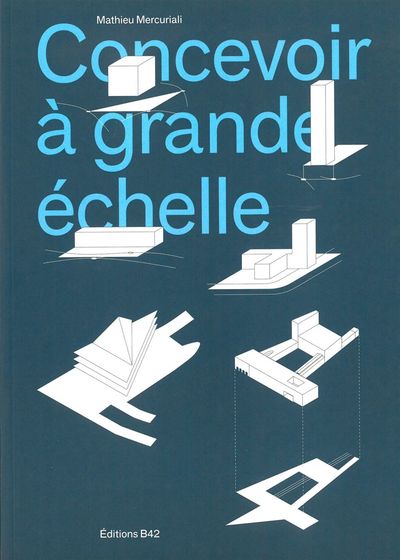Concevoir à grande échelle
- Authors: De (auteur) Mathieu Mercuriali
- Publishers: B42
- Date of Publication: 2018-03-09
- Pages: 192
- Dimensions: 270mm x 191mm
Monuments, palaces, factories, headquarters, stadiums, museums, infrastructure
transport: major projects arouse fascination for some and rejection for others
the others. These large buildings, once representative of a state power
or religious – palaces and places of worship – have been replaced by the
development of large-scale industrial and cultural infrastructure –
factories and museums. By their size and their power of attraction, these
Infrastructures become the vector of transformations of urban territories
and peri-urban areas, in a situation where the city can no longer be thought of
only in terms of building ex nihilo, but rather in terms of
sustainable transformation of an existing building. Through the study of numerous
archival documents concerning the design of megaprojects such as the railway station
Lyon, the Samaritaine, the Maine-Montparnasse complex, the reconversion of
the Macdonald warehouse or even Roissy Charles de Gaulle airport, Mathieu
Mercuriali asks the question of the role that these large-scale infrastructures play
scale in the mutation of cities and brings out new models
interfaces in order to contribute to the creation of tools dedicated to stakeholders in the
city.
Share

